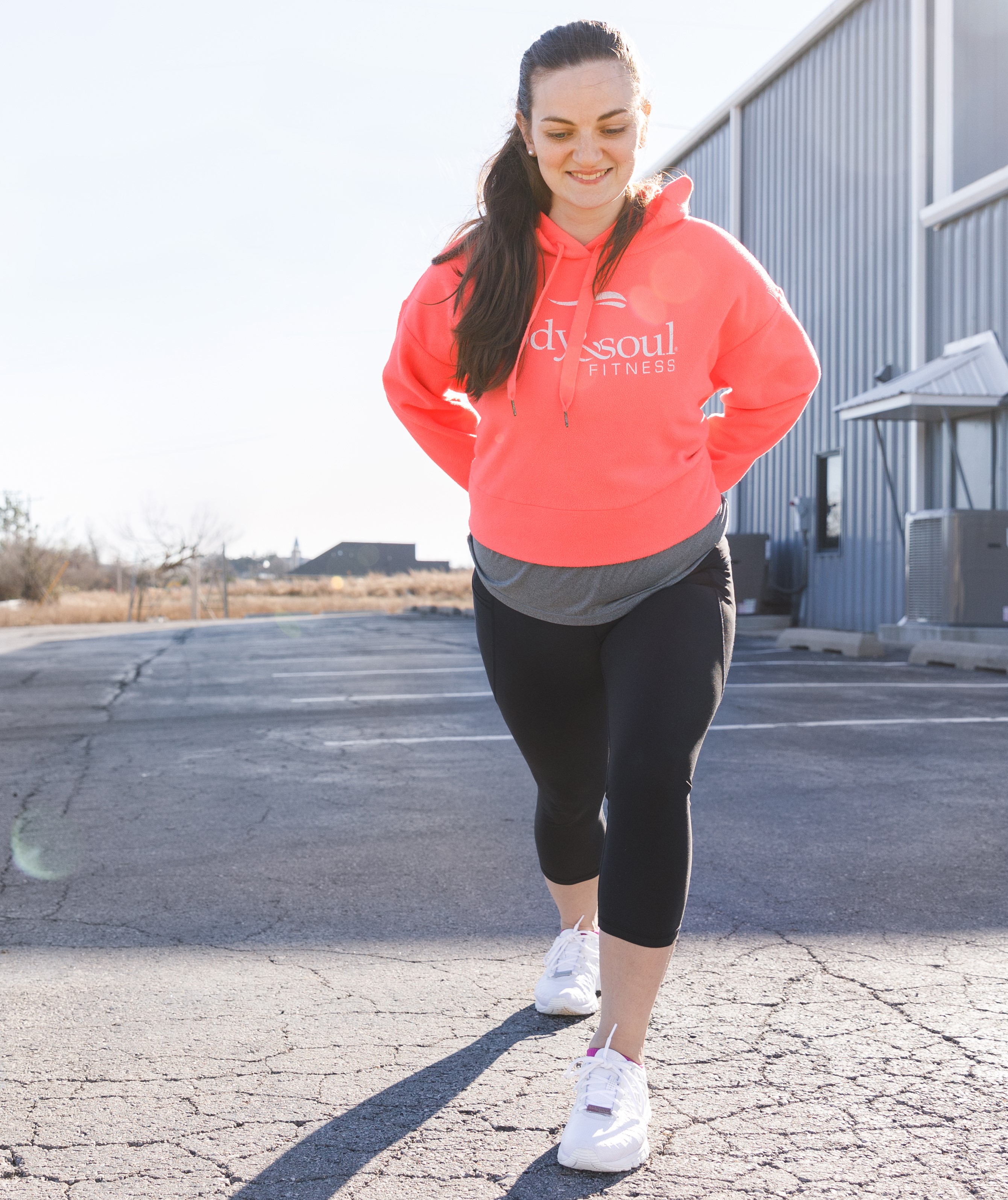how important is flexibility training?
Your Wellness Secret Weapon: Part 3In the world of fitness, you don’t often hear the phrase, “stay in your comfort zone,” but perhaps you should. It’s true…when we’re talking about flexibility training. The goal of this article is to remind all of us that flexibility is just as important to our overall health as cardiovascular exercise is for the heart, and strength training is for the muscles. When we take the time to stretch (and it doesn’t have to take a lot of time), we receive the following benefits:
- We can improve our performance in physical activities.
- We decrease our risk of injuries.
- We enable our joints to move through their full range of motion.
- We increase blood flow to our muscles.
- We enable our muscles to work most effectively.
- We improve our ability to perform our daily activities.
So, let’s get back to the topic of our cozy comfort zone. When we stretch a muscle, we should not feel pain in that area – not in the muscle and not in the joint. The myth, “no pain, no gain” has no place in this discussion. Stretches should feel comfortable, which allows us the time necessary to lengthen the muscle and receive the greatest benefit. As with any training regimen, there are a few rules:
~ The stretching phase of your workout is not your warmup. Cold muscles do not stretch – they strain. Warm up your muscles with 3-5 minutes of low impact movement before you engage in flexibility training.
~ Focus on the majors, not the minors – the major muscle groups that is. Concentrate on your larger muscle groups such as your quadriceps (tops of the thighs), hamstrings (backs of the thighs), rhomboids (middle of the back), and the pectorals (chest muscles).
~ Think symmetry. God designed us with muscle pairs, a right side and left side, and a front and a back. When stretching, be sure to consider each muscle group and stretch both sides – whether it’s both sides of the body or both sides of the joint, never neglect one side because that will lead to an imbalance which can alter your performance.
~ Bouncing is for basketball, not for flexibility. Hold each stretch for 10-30 seconds and then release it slowly. The dynamic nature of bouncing can tear muscle tissue, so let’s avoid that risk.
~ Let your flexibility training be activity specific. If you’re preparing to jog for your cardio workout, focus your stretching on the lower body. If your workout today is playing tennis, stretch your shoulders, chest, and back first, and then stretch your calves.
~ Finally, flexibility training is a marathon, not a sprint. It takes a bit of time to take advantage of the benefits, and it is not a race. Give yourself permission to stay in your comfort zone and breathe deeply.
by Amy Stafford
Panama City Beach, FL
 Amy Stafford is the President of Body & Soul® Fitness, Certified Personal Trainer, ACE faculty and ACE Group Fitness Instructor. She is a leader in the fitness industry and is a popular speaker for women's events, retreats, fitness conferences. For information on booking Amy for your event or for an interview please email This email address is being protected from spambots. You need JavaScript enabled to view it.. Amy currently resides in the Panama City Beach, FL area and teaches virtually.
Amy Stafford is the President of Body & Soul® Fitness, Certified Personal Trainer, ACE faculty and ACE Group Fitness Instructor. She is a leader in the fitness industry and is a popular speaker for women's events, retreats, fitness conferences. For information on booking Amy for your event or for an interview please email This email address is being protected from spambots. You need JavaScript enabled to view it.. Amy currently resides in the Panama City Beach, FL area and teaches virtually. 






